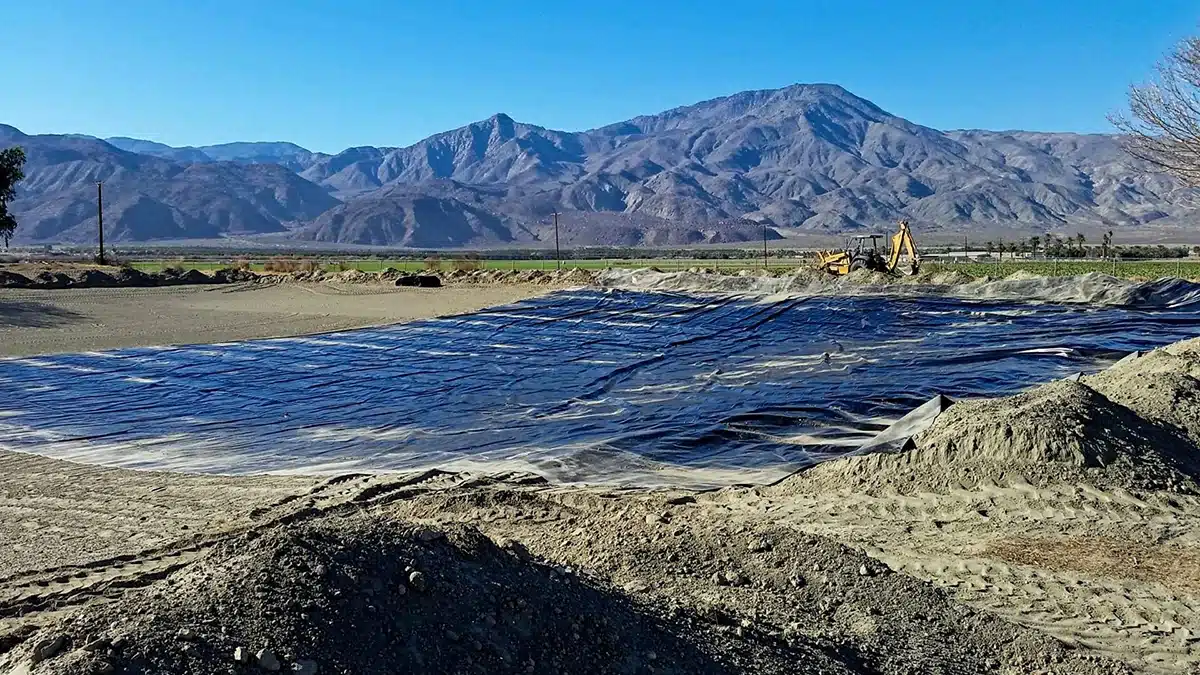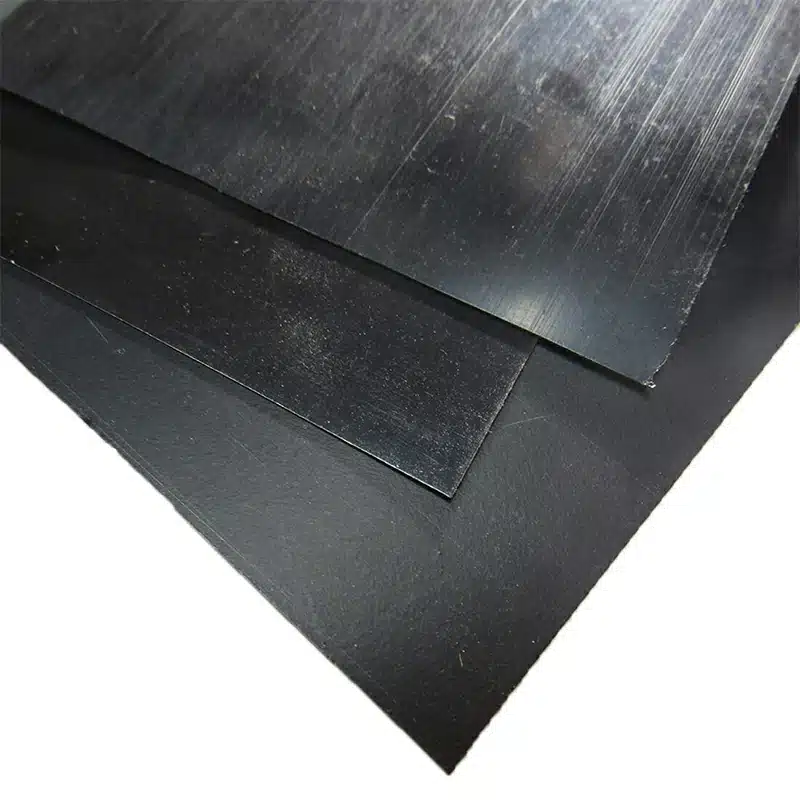+86-159 9860 6917
info@geofantex.com
geofantex@gmail.com
+86-400-8266163-44899
Geomembranes stand as critical components in various engineering and environmental applications, their lifespan being a pivotal concern. Understanding the geomembrane lifespan involves a nuanced evaluation of installation precision, material quality, environmental factors, and the intended application’s demands. Rigorous testing has showcased instances where proper installation and maintenance have extended this duration, highlighting the potential for prolonged service life. Delving deeper into factors influencing longevity, such as UV exposure, temperature fluctuations, chemical influences, and mechanical stress, unveils the intricate interplay dictating the true extent of a geomembrane’s endurance.

What is the lifespan of the HDPE membrane?
The lifespan of an HDPE (High-Density Polyethylene) membrane can vary significantly based on several factors including environmental conditions, chemical exposure, and the physical stresses it is subjected to. Generally, HDPE membranes can last anywhere from 20 to 100 years, depending on these conditions
Factors Affecting Lifespan:
- Environmental Conditions: Exposure to UV radiation, temperature extremes, and oxidative environments can accelerate aging.
- Chemical Exposure: Resistance to chemicals is a strong point for HDPE, but certain solvents and oils can affect its structural integrity.
- Physical Stress: Mechanical damage or constant stress can reduce its lifespan.
Maintenance and Best Practices: Regular inspections to detect early signs of wear or damage. Proper installation and protection during installation to prevent mechanical damage. Avoid prolonged exposure to harsh chemicals and UV radiation if not specifically designed for such conditions.
By following these guidelines, the functional lifespan of HDPE membranes can be maximized, providing effective performance for its intended lifespan.
What is the service life of the HDPE liner?
HDPE Liner Service Life
Material Properties: High-density polyethylene (HDPE) is known for its durability and resistance to a variety of environmental conditions.
Typical Service Life: The service life of HDPE liners generally ranges from 20 to 50 years. However, this can vary based on several factors.
Influencing Factors:
- Environmental Conditions: Exposure to UV radiation, temperature extremes, and chemical substances can affect the longevity of the liner.
- Installation Quality: Proper installation techniques and quality control during the installation process are critical for maximizing the liner’s service life.
- Maintenance: Regular inspections and maintenance can help identify and repair damage, thereby extending the liner’s lifespan.
- Thickness and Specifications: Thicker liners tend to have longer service lives. The specific application and requirements will also dictate the appropriate thickness and type of HDPE liner.
Case Studies and Examples: In landfill applications, HDPE liners have been documented to perform effectively for 30 to 40 years. In water reservoirs and agricultural applications, the service life can reach up to 50 years under optimal conditions.
Recommendations: Regular monitoring and maintenance schedules should be established to ensure the integrity and performance of the HDPE liner over its expected service life. Consulting with manufacturers and installation experts can provide tailored insights and recommendations based on specific project requirements.
What are the advantages of a textured geomembrane?
Textured geomembranes present a range of advantages over their smooth-surfaced counterparts, including:
- Enhanced Friction and Stability: The texturing process augments surface roughness, significantly boosting friction between the liner and adjacent materials. This attribute ensures excellent stability, particularly on steep slopes and in high-stress applications.
- Improved Interface Strength: The textured surface fosters superior interlocking with soils or other materials, substantially minimizing the risk of slippage or displacement, and ensuring enhanced stability.
- Surface Protection: Texturing acts as a shield, offering added defense against punctures or damage during installation and throughout the lifespan of the geomembrane. This feature contributes significantly to prolonged integrity and durability.
- Increased Drainage Efficiency: Textured geomembranes facilitate efficient drainage by creating pathways or channels for fluid movement, optimizing liquid flow management in various applications. These membranes exhibit excellent temperature adaptability, weldability, weather resistance, good aging resistance, chemical resistance, environmental stress crack resistance, and puncture resistance.
What is the price of the HDPE geomembrane?
The price of HDPE geomembrane can vary based on several factors. Here’s a structured overview:
Material Quality:
- Standard HDPE: $0.50 to $1.00 per square meter.
- Premium HDPE: $1.00 to $2.00 per square meter.
Thickness:
- 0.5 mm: $0.50 to $0.80 per square meter.
- 1.0 mm: $0.80 to $1.20 per square meter.
- 1.5 mm: $1.20 to $1.50 per square meter.
- 2.0 mm: $1.50 to $2.00 per square meter.
Size:
- Prices can vary based on roll size and width. Standard roll sizes typically come in widths of 5.8m or 7m and lengths of 50m or 100m.
- Larger or custom sizes might incur additional costs.
Additional Costs:
- Installation: Professional installation can cost an additional $1.00 to $3.00 per square meter depending on site conditions and complexity.
- Delivery: Depending on location and order size, delivery costs can range from $50 to $500.
- Accessories: Seaming materials, anchors, and other accessories may add to the overall cost.
For a precise quote, it is best to contact suppliers directly with your specific requirements.
In essence, while HDPE geomembranes boast a commendable lifespan and service life, the incorporation of textured variations further fortifies their performance, providing added stability, durability, and resistance to environmental and mechanical stresses. These textured geomembranes stand as a testament to innovation, ensuring reliable containment and environmental protection in various engineering and construction endeavors.




Get Free Sample
We’ll respond as soon as possible(within 12 hours)






















